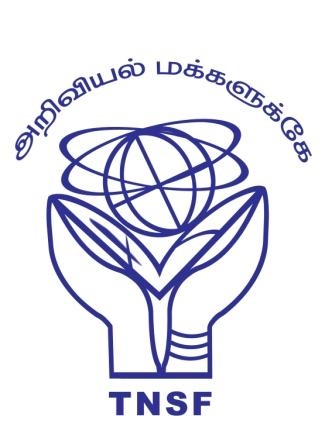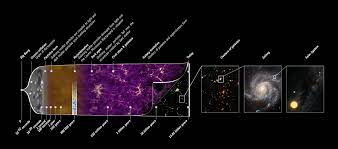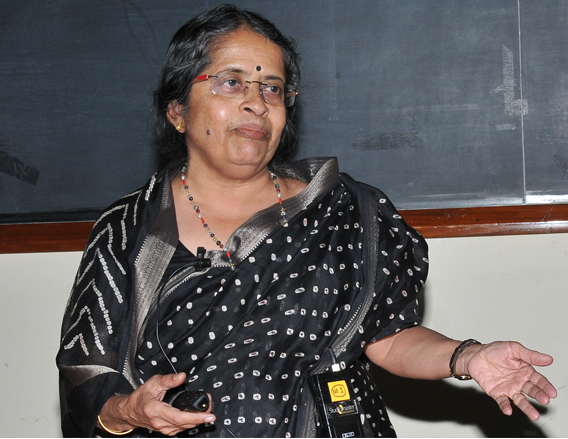About Program

This is part of its efforts to popularize science to the general public and students who are pursuing science as their career. TNSF attempt to focus on students on higher science as everyone knows that learning of science at college within the curriculum is not enough to acquire holistic knowledge of science at the appropriate time. Hence, to fill the gap between what students are acquiring through the curriculum and what it is required, TNSF is planning its activities on higher science to students who are pursuing higher education.

Weinberg attempts to explain the early stages of the Universe after the Big Bang. Early in the book, Weinberg explores the origins and implications of the Hubble constant and addresses the evidence collected for the expansion of the Universe. He then tells the story behind the discovery of the Cosmic microwave background. After giving the reader a basis of understanding of astrophysics and particle physics, in chapter 5, Weinberg lays out the makeup of the Universe after its origin in a series of frozen frames.
